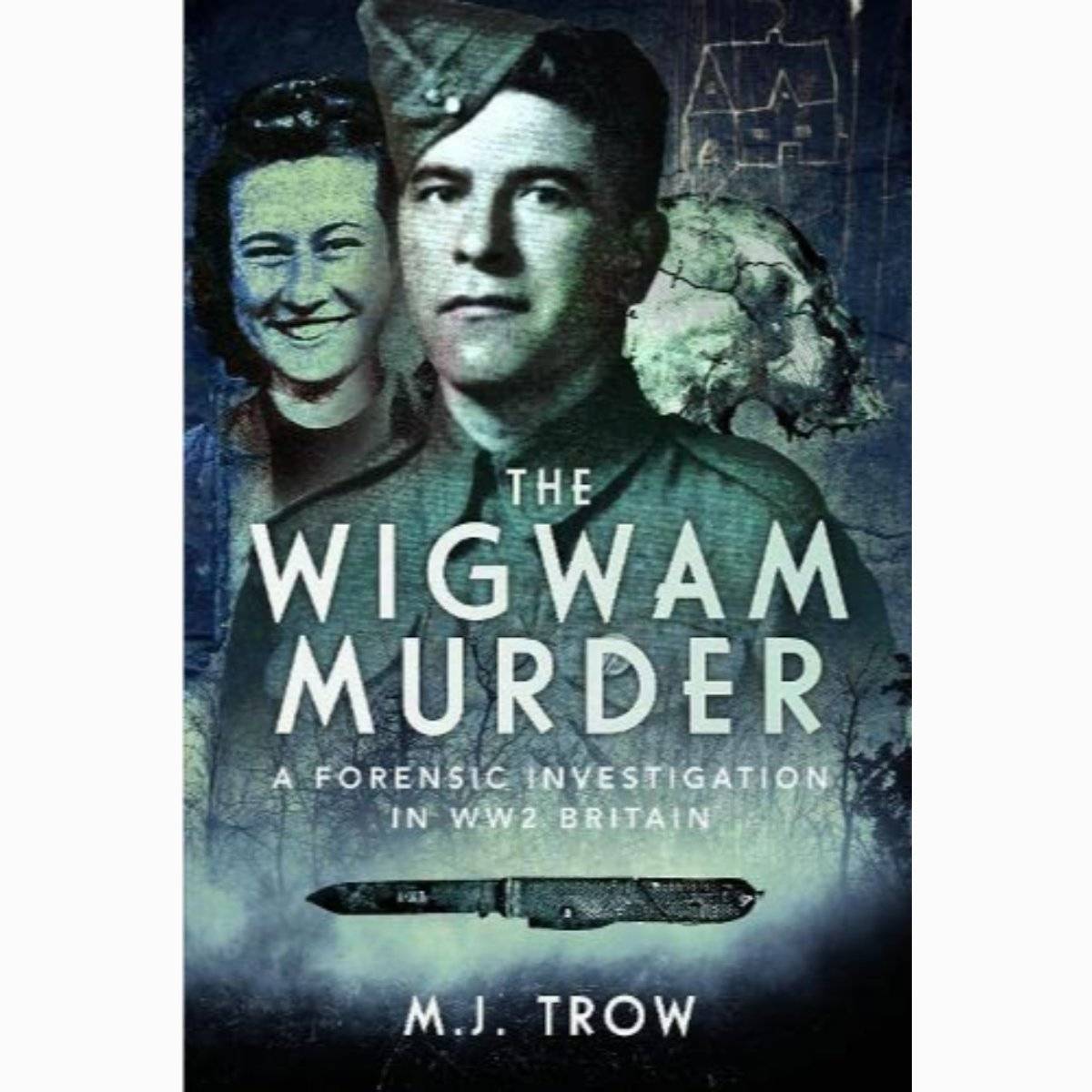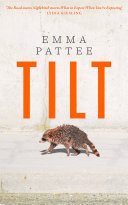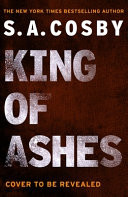
England, 1942 & American & Canadian soldiers were billeted in the Surrey countryside awaiting details of their next posting. One soldier was Private August Sangret who struck up a relationship with local girl, Joan Wolfe, one that Joan thought would be leading to marriage. For weeks witnesses usually saw them together, including living in a hastily constructed 'wigwam' or tipi in the woods until one day Joan disappeared. (continued)
29 likes6 comments



















When Joan's body was found in a shallow grave, the lead detective honed in on Sangret. He was not the first or only soldier that Joan had been involved with, but he was executed by hanging for her murder. The forensic evidence was mainly inconclusive so was Sangret actually guilty, 3mo
This was an interesting read about a case I had never heard of before, but the timeline seemed a bit confusing to me. The narrative jumped around over lots of different background stories & it was difficult to work out what had happened when. The author argues that Sangret did not get a fair trial due to his skin colour & background. 3mo
3mo
Read 18th-21st May 2025
#ReadAway2025 @Andrew65 @DieAReader @GHABI4ROSES 3mo